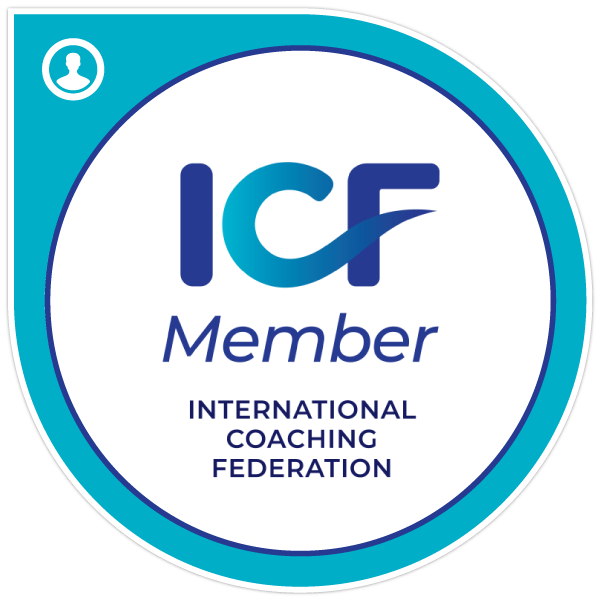Building a Lasting Legacy through Affiliation
Rich Baron • April 18, 2023
Lead the way you want to be remembered

The legacy of Baron Woolen Mills in Brigham City, Utah, began in the 1870s when my Great-Great Grandfather, James Baron Sr., established the mill. When he passed away, my Great-Grandfather, Thomas Baron, inherited the mill at the young age of 18. Recognizing the importance of collaboration and expertise, Thomas understood that he couldn't forge a lasting legacy alone.
With a small team of dedicated employees and a forward-thinking vision, they set out to create a renowned brand. Baron Woolen Mills soon became a leading producer of high-quality wool blankets on a global scale. Their products were sought after for their exceptional craftsmanship and warmth.
Although the mill was eventually sold in 1988, the appeal of Baron Woolen Mills blankets remains strong. These blankets are highly coveted, often commanding several hundred dollars in the market. However, finding one can be challenging, as the owners of these cherished pieces are reluctant to part with them.
The story of Baron Woolen Mills is not just about a successful business but also a testament to the perseverance, dedication, and collaborative efforts of a family and their employees. Today, the legacy lives on through the lasting reputation of their exceptional woolen blankets.
What is Affiliation?
In a business context, affiliation refers to the strong connection and identification that individuals or organizations have with a particular company or brand. It goes beyond just a surface-level association and involves a deeper level of commitment and loyalty.
When employees have a strong affiliation with their organization, they are more likely to be motivated, engaged, and dedicated to achieving the company's goals and objectives. They feel a sense of belonging and are willing to go above and beyond their normal duties to contribute to the success of the organization.
On the other hand, a casual and distant relationship with employees often results in lower morale, decreased productivity, and higher turnover rates. Without a strong affiliation, employees may feel disconnected from the company's mission and values, leading to a lack of commitment and a higher likelihood of seeking opportunities elsewhere.
Building and maintaining a closer professional relationship with employees involves factors such as mutual respect, understanding, and compassion. This means treating employees as individuals with unique needs and aspirations, valuing their input, providing support and mentorship, and promoting open and honest communication. It also includes recognizing and appreciating their contributions, fostering a positive work environment, and promoting a sense of teamwork and collaboration.
By cultivating a strong affiliation with their employees, employers can create a harmonious and productive work environment, where employees feel valued, motivated, and empowered to contribute to the company's success. This deeper level of connection can lead to greater job satisfaction, improved performance, and increased loyalty.
Moreover, when employees have a strong affiliation with their organization, they become brand ambassadors who are more likely to promote the company's products or services to others. They take pride in being associated with the company and are more willing to advocate for its success.
The Flip Side of Affiliation
This scenario highlights the negative consequences of a growing gap between senior leadership and employees within an organization. The initial success of the company may have led to complacency and a lack of focus on maintaining a positive work culture.
The decreasing employee satisfaction, as evidenced by negative reviews and high turnover, indicates a breakdown in communication, trust, and engagement. The dismissive responses from senior management to these negative reviews only further alienated the employees and created an atmosphere of hostility.
As senior management removed themselves from the daily operations and people within the organization, they lost touch with the challenges and concerns faced by the employees. This lack of affiliation and understanding eroded the sense of belonging and loyalty among employees, leading to decreased motivation and productivity.
The financial decline of the organization can be attributed to the deteriorating work environment. The negative reviews and increased turnover likely impacted customer satisfaction and consequently led to a decline in revenue. Additionally, without a motivated and engaged workforce, the organization may have faced difficulties in delivering quality products or services.
To reverse this decline, it is essential for senior management to recognize and address the issues that have created the gap between them and the employees. This may involve implementing initiatives such as transparent communication channels, regular employee feedback mechanisms, and fostering a culture of collaboration and inclusiveness.
Rebuilding trust and rebuilding relationships with employees is crucial. Senior management should actively engage with employees, listen to their concerns, and take steps to address them. This may involve creating opportunities for open dialogue, instituting regular team-building activities, and fostering a supportive and inclusive work environment.
It is also important for senior management to reassess their leadership style and ensure they are actively involved in the organization's day-to-day operations. By being visible, accessible, and approachable, leaders can regain the trust of employees and demonstrate their commitment to the organization's success.
Investing in professional development and training programs can help bridge the gap between senior management and employees. By providing opportunities for employees to develop their skills and grow within the organization, senior management can show their commitment to nurturing a talented workforce.
Ultimately, turning around this organization will require a concerted effort from senior management to rebuild relationships, improve communication, and prioritize the well-being and satisfaction of their employees. By focusing on these areas, they can create a positive work culture that will not only improve employee morale but also contribute to the organization's long-term success.
Wrapping Up
Affiliation in the context of business refers to the creation of deep bonds and a strong connection between individuals or organizations. you will be forgettable to your employees if you do not put an effort into forming strong bonds. Your legacy as a leader is much more than what you perceive it to be — truly, it lives and dies by what your employees perceive it to be, as they are the ones who will be sharing and discussing it.
Building a closer professional relationship based on mutual respect, understanding, and compassion can lead to a more engaged and dedicated workforce. It is through this affiliation that companies can foster a positive work environment and achieve long-term success.
Ask yourself a simple question, do you spend enough time with your employees to have a legacy as a leader? Or will you begin to fade from employees’ minds the moment you retire or leave the organization? The bonds you now have with your employees will in time, build or break your legacy.
About the Author
Rich Baron holds the esteemed title of Master Certified Intelligent Leadership Executive Coach at John Mattone Global. With a wealth of expertise spanning over 25 years, he has excelled in various realms such as cultural transformation, operational leadership, executive positions, and coaching individuals from emerging leaders to CEOs. Rich co-hosts "Mainline Executive Coaching ACT," a podcast acknowledged by FeedSpot in 2023, and again in 2024 as the foremost Executive Coaching Podcast worldwide. This recognition is based on an evaluation of numerous podcasts on the internet, taking into account factors such as web traffic, social media followers, and timeliness. The podcast enjoys a substantial following in more than 60 countries and 550 cities across the globe.




